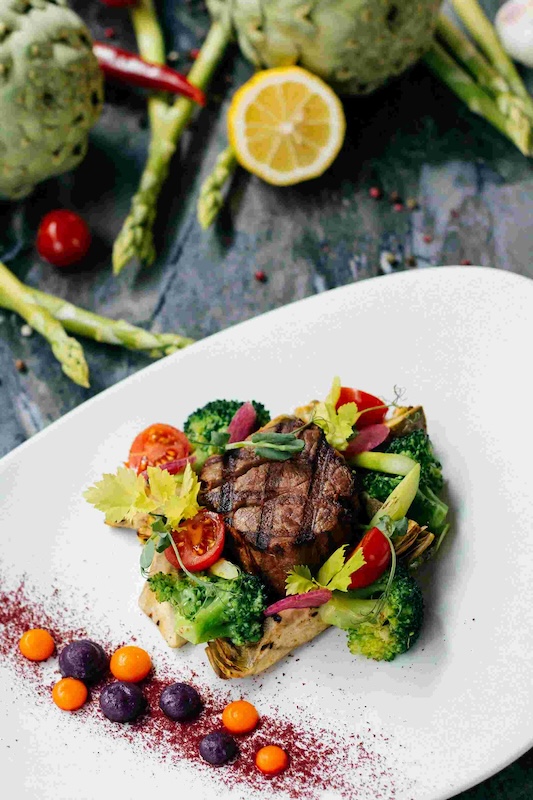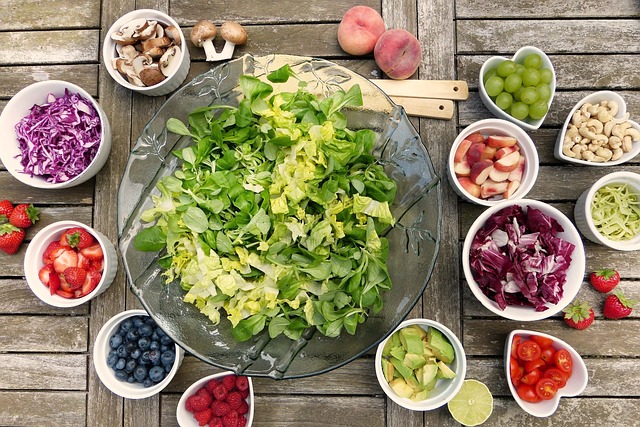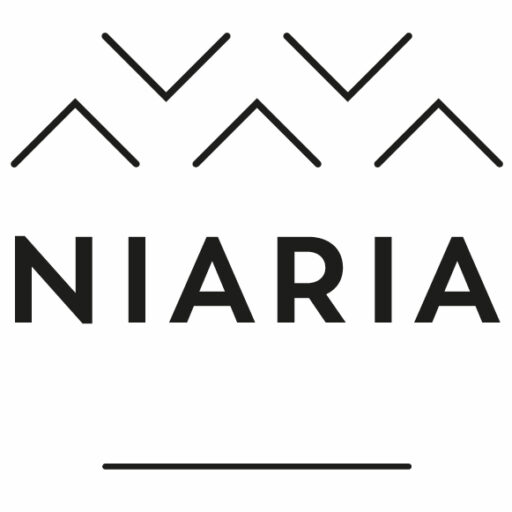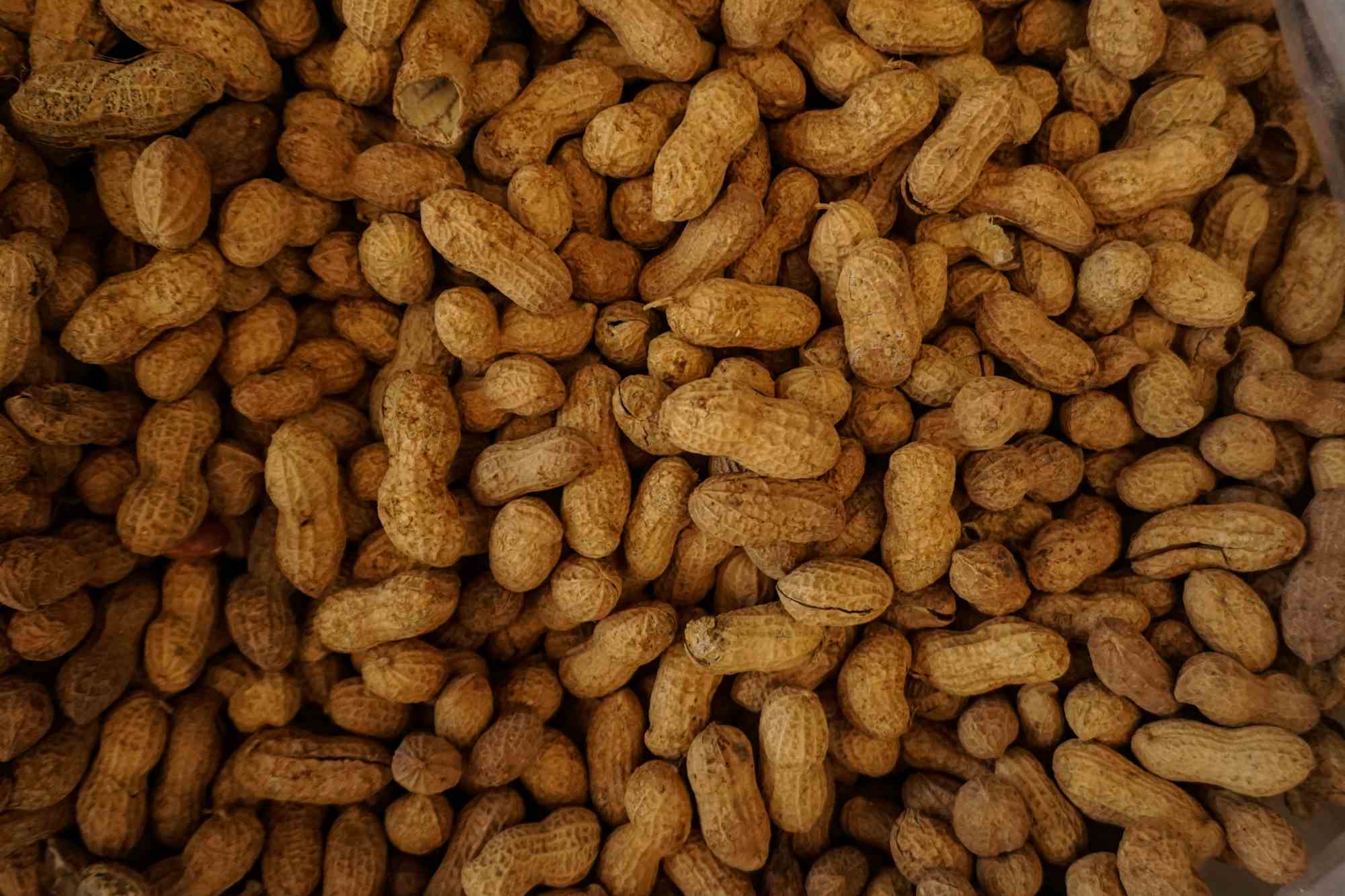
In today’s fast-paced world, many people are seeking quick fixes to health challenges, and extreme diets like the Paleo diet, raw food diet, and veganism often seem like appealing solutions. While these dietary approaches promise significant health benefits, weight loss, and vitality, they often fall short in the long run. This article will explore the contents of these extreme diets, examine their benefits and drawbacks, and investigate whether they are truly sustainable or healthy choices. Additionally, we will delve into why people are drawn to these diets, despite their often restrictive and challenging nature. Reconsidering extreme diets might make you understand why paleo, raw, and vegan might not be the bes choice after all.
The Contents of Extreme Diets
To understand the impact of these diets, it’s essential to explore their specific components.
1. The Paleo Diet
The Paleo diet is based on the premise that we should eat like our Paleolithic ancestors. This means consuming whole foods like meat, fish, fruits, vegetables, nuts, and seeds, while avoiding processed foods, grains, legumes, and dairy.
Allowed Foods:
Meat, fish, eggs, vegetables, fruits, nuts, seeds, healthy fats (e.g., olive oil, coconut oil)
Avoided Foods:
Grains, legumes, dairy, processed foods, sugar, and artificial sweeteners
2. The Raw Food Diet
The raw food diet involves consuming primarily or entirely uncooked and unprocessed foods. Advocates believe that cooking destroys nutrients and natural enzymes that are essential for human health.
Allowed Foods:
Fresh fruits, vegetables, nuts, seeds, sprouted grains, raw oils, and sometimes raw dairy or meat
Avoided Foods:
Cooked foods, processed foods, and, in some versions, all animal products
3. Vegan Diet
A vegan diet excludes all animal products, including meat, dairy, eggs, and often honey. It is based on ethical considerations around animal welfare, as well as perceived health benefits.
Allowed Foods:
Fruits, vegetables, grains, legumes, nuts, seeds, plant-based oils
Avoided Foods:
All animal products, including meat, fish, dairy, and eggs
The Health Benefits and Drawbacks of Extreme Diets
While many extreme diets promote initial weight loss and improved well-being, long-term adherence can lead to nutritional deficiencies and other health problems.
1. Potential Health Benefits
Weight Loss
Many people experience rapid weight loss on these diets due to calorie restrictions or cutting out entire food groups.
Improved Digestion
Paleo and raw food diets focus heavily on whole foods, which can enhance digestion and nutrient absorption.
Increased Vegetable and Fruit Intake
Vegan and raw diets, in particular, emphasize fruits and vegetables, which are rich in vitamins, minerals, and antioxidants.
2. Potential Health Risks
Nutrient Deficiencies
Extreme diets, especially those that eliminate entire food groups, can lead to nutrient deficiencies. For example, the vegan diet often lacks vitamin B12, iron, zink, and omega-3 fatty acids, which are predominantly found in animal products.
Digestive Issues
The raw food diet’s reliance on uncooked foods can cause digestive problems such as bloating, gas, and indigestion, as the body struggles to break down large amounts of raw fiber.
Heart Health Risks
Some versions of the Paleo diet, which emphasize high consumption of red meat and saturated fats, can raise cholesterol levels and increase the risk of heart disease.
Joint Problems
With high meat intake in some Paleo diet versions, the risk of gout due to the high meat intake is alleviated. Kidney stones are more likely to develop, too.
Are These Diets Sustainable?
A critical issue with extreme diets is their sustainability, both in terms of health and practicality.
1. Difficult to Maintain Long-Term
Social Restrictions
Extreme diets often make social situations more challenging. For example, dining out or attending events can be difficult if your diet excludes common foods like grains, dairy, or cooked meals.
Food Variety
The lack of variety in extreme diets can lead to food fatigue, where people become bored with their limited food options and eventually abandon the diet.
Nutritional Balance
Long-term adherence to extreme diets can cause imbalances, as key nutrients are either missing or consumed in excess. Over time, this can lead to chronic health issues that compromise both physical and mental well-being.
2. Environmental Concerns
Sustainability of Food Sources
The Paleo diet, with its focus on meat consumption, raises environmental concerns. Livestock farming contributes significantly to greenhouse gas emissions, deforestation, and water consumption. In contrast, vegan diets are more sustainable in terms of environmental impact but may rely heavily on processed plant-based products, which also carry ecological costs.
Raw Food Challenges
The raw food diet, especially in colder climates, can be difficult to sustain due to the need for fresh, high-quality produce year-round, which may not always be locally available or environmentally sustainable.

Why People Choose Extreme Diets
Despite the challenges, many people continue to adopt extreme diets for various reasons.
1. Weight Loss Goals
Extreme diets are often marketed as fast solutions for weight loss. The drastic reduction in calories and elimination of entire food groups can lead to rapid results, which is highly appealing to those looking for quick fixes.
2. Health Claims and Fads
Each of these diets promises specific health benefits, from clearer skin and improved energy to the prevention of chronic diseases. The rise of social media has also amplified the popularity of extreme diets, with influencers promoting their success stories and “miraculous” transformations.
3. Ethical or Environmental Beliefs
For many vegans, the decision to adopt this diet is rooted in ethical concerns regarding animal rights. Similarly, those on a raw food diet often cite environmental sustainability and a desire to return to a more “natural” way of eating as motivating factors.
4. Autoimmune and Health Conditions
Some individuals with autoimmune diseases or food intolerances adopt extreme diets like Paleo or raw food as a way to manage their symptoms. These diets often eliminate common allergens and inflammatory foods, which may temporarily alleviate symptoms.
How to Nourish Ourselves ?
1. Focus on Whole, Naturally Gluten-Free Grains
Options:
Quinoa, brown rice, millet, buckwheat, and gluten-free oats.
Why:
These grains are high in fiber and essential nutrients, helping to keep you full and energized.
2. Include Lactose-Free Dairy Alternatives
Options:
Homemade almond drink, coconut drink, oat drink, lactose-free plant based yogurt.
Why:
These options don’t cause digestive issues for those with lactose intolerance and don’t come with unnecessary cow’s growth hormones.
3. Lean Protein Sources
Options:
Chicken, turkey, fish, eggs, and plant-based proteins like lentils, chickpeas, and tofu.
Why:
These offer high-quality protein necessary for muscle repair and overall health, without the need for extreme dietary restrictions.
4. Healthy Fats
Options:
Avocados, nuts, seeds, olive oil, and fatty fish (like salmon and mackerel).
Why:
Healthy fats are essential for brain function, hormone production, and heart health.
5. Load Up on Non-Starchy Vegetables
Options:
Spinach, kale, zucchini, bell peppers, broccoli, and cucumbers.
Why:
These veggies are nutrient-dense and low in calories, providing essential vitamins and minerals.
6. Enjoy Fruits in Moderation
Options:
Berries, apples, citrus fruits, and bananas.
Why:
Fruits are naturally gluten- and lactose-free, and they provide antioxidants, vitamins, and fiber.
7. Stay Hydrated with Water and Herbal Teas
Why:
Adequate hydration supports digestion, nutrient absorption, and overall body function

Conclusion: The Limits of Extreme Diets
While extreme diets like Paleo, raw food, and veganism offer potential benefits, they are often unsustainable, both for the individual and for society as a whole. Nutrient deficiencies, social isolation, and the environmental impact of certain dietary choices highlight the limitations of these approaches.
Rather than adopting extreme dietary restrictions, a more balanced, flexible, and inclusive approach to eating is likely to yield better long-term results. This could involve focusing on whole, minimally processed foods, eating a variety of plant-based and animal-based proteins (where appropriate), and finding a diet that not only supports physical health but also mental well-being and enjoyment of food.
Subscribe to our newsletter, follow us on social media to let us know how you’re working towards a balanced life!
Oral Health: Causes, Prevention, and the Role of Nutrition
Oral health is often a neglected part of our...
Food Allergies: Causes, Symptoms, and Management
Food allergies and sensitivities are...
Unintentional Weight Loss
Unintentional weight loss can be distressing,...
The Negative Impacts of Plastic Usage on Health and the Environment
Plastic has revolutionized modern life,...
The Impact of Social Media on Body Image: How It Affects Women’s Health
Social media has transformed how we connect,...
Why Women Need Nutrition Counseling Beyond Weight Loss
Women face unique challenges when it comes to...
The Benefits of Journaling for Mental Health
Journaling has gained recognition as a powerful...
Minimalism and Health: The Effects of a Minimalist Lifestyle on Mental and Physical Well-being
Living in a world where consumerism and constant...
Physical activity: Cardio, Strength Training, Yoga, and Pilates
Engagement in regular physical activity is...










